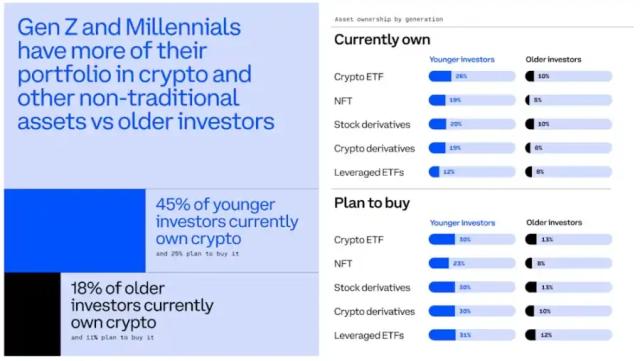The U.S. labor market ended 2024 with a performance that exceeded expectations. According to a
report released by the U.S. Bureau of Labor Statistics on Friday, non-farm payrolls increased by 256,000 in December, far exceeding the revised 212,000 in the previous month and the Dow Jones consensus estimate of 155,000. This strong growth has raised questions about the Federal Reserve's potential plan to cut interest rates this year.
Unemployment rate falls to 4.1% in December
The unemployment rate fell slightly to 4.1% in December, slightly lower than the 4.2% expected by economists. This decline underscores the continued resilience of the labor market, although concerns remain about the broader economic outlook and the risk of a potential recession.
Stock futures decline, Treasury yields rise
Following the release of the report, stock futures turned lower, reflecting market concerns about the future policy direction of the Federal Reserve. At the same time, Treasury yields soared, indicating that investors are increasingly speculating that the Federal Reserve may maintain a more aggressive interest rate policy to balance economic growth and inflation control.
A year of steady growth amid uncertainty
The December growth caps off a year in 2024 characterized by stable but at times uneven job growth. Throughout the year, monthly employment growth data fluctuated, at times raising concerns about an impending economic recession. However, the robust performance of the labor market in November and December highlights its continued resilience, as the Federal Reserve considers its next monetary policy steps.
Labor market's impact on inflation weakens
Although the labor market remains a core focus for the Federal Reserve, officials have noted that its inflationary impact is not significant. Supporting this view is the lower-than-expected wage growth in December. Average hourly earnings grew 0.3% for the month, in line with forecasts, but the year-over-year increase was 3.9%, lower than expected. This moderation in wage growth may have alleviated concerns about labor-driven inflationary pressures.
Impact on the Federal Reserve
The December employment report is a double-edged sword for the Federal Reserve. On one hand, the strong job growth indicates the economy's continued resilience, which may reduce the urgency for interest rate cuts. On the other hand, the moderation in wage inflation provides some relief in the broader fight against inflation. As the Federal Reserve navigates these complex dynamics, its decisions will have far-reaching implications for the markets and the economy in 2025.





